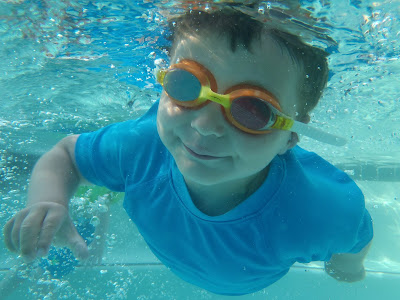Driving South on MOPAC 1 in Austin, Texas it’s hard not to
notice when you are passing Camp Mabry. Vintage
helicopters and jet planes hoisted high on supports line a walking track
circling a century old drill field. You
can’t miss the old Austin stone warehouses that are as orderly and functional as
when they were built over 100 years ago.
Still an active military base, the camp is not only home to
the Texas Military Forces (Texas Army National Guard, Texas Air National Guard and Texas State Guard) but also the Texas Military Forces Museum.
The Museum is a treat!
I’ve brought my grandchildren here several times. Entry to the camp, and thus the museum, is
via a guarded gate where you’ll have to present a photo ID.
A short drive beyond the gate delivers you to a 45,000-square foot
old warehouse building with a wooden double door entry. Using space made available by the camp the
museum offers a representation of uniforms, photographs, army tanks, military
vehicles, artillery, ground weapons, helicopters, and jet fighters used by
Texas soldiers in the fight for freedom.
The Texas Military Forces Museum explores the history of the
Lone Star State’s militia and volunteer forces from 1823 (date of the first
militia muster in Stephen F. Austin’s colony) to 1903 when the Congress created
the National Guard. From 1903 to the present the museum tells the story of the
Texas Army and Air National Guard, as well as the Texas State Guard, in both
peacetime and wartime.
Permanent exhibits utilize uniforms, weapons, equipment,
personal items, film, music, photographs, battle dioramas and realistic
full-scale environments to tell the story of the Texas Military Forces in the
Texas Revolution, the Texas Navy, the Texas Republic, the Mexican War, the
Battles along the Indian Frontier, the War between the States, the Spanish-American
and Philippine-American Wars, World War I, World War II, the Korean War, the
Cold War, Peace Keeping Deployments and the Global War on Terror.
Living history programs, battle reenactments and other
special events take place throughout the year. Admission to the museum is
always FREE.
HOURS:
Tuesday to Sunday 10 am to 4 pm
Office staff is available Monday to Friday 8 am to 4 pm.
Tuesday to Sunday 10 am to 4 pm
Office staff is available Monday to Friday 8 am to 4 pm.
Driving Directions to the museum:
The Texas Military
Forces Museum is located in Building 6 on Camp Mabry in Austin, Texas. The
street address of Camp Mabry is 2200 West 35th Street. The mailing address is
P.O. Box 5218, Austin, TX 78763. The former entrance to the post was blocked in
2001, the current entrance is on Maintenance Drive.
From the MOPAC Expressway (aka, Loop 1).
- Exit the MOPAC Expressway at 35th
Street.
- Drive west 6/10ths of a mile past the
old main gate, which is now barricaded, and go through the light at
Exposition, and down a steep hill.
- At the bottom of the hill, just before a
flashing traffic signal, you will see the gated entrance of Camp Mabry to
your right (i.e., Maintenance Drive).
- After passing through security, go
straight to the stop sign and turn right.
- At the next stop sign, turn right again.
- Follow General Mabry Boulevard past the
running track on your left.
- Building 6 will be on your right, next
to an outdoor display of tanks and military vehicles.
- The main entrance for the Museum is the
large white double doors at the center of the building.
From IH-35.
- Make certain you are on the lower level
of the Interstate.
- Take the 38½ Street exit going west.
Note that as it proceeds westward, 38½ Street becomes 35th Street.
- After crossing over Loop 1, follow the
instructions above.
From the Airport.
- Take Highway 71 West to Highway 360
North
- Highway 360 North to Loop 1 North.
- Travel five (5) miles on Loop 1 to 35th
Street.
- Follow the instructions above from that
point.
GPS Address 3038
W 35th St. Austin, Tx 78703
At the current time,
the post is open to the public during daylight hours without prior
arrangements. The security guards, however, may require you to present some
form of valid state or federal identification and to consent to a search of the
vehicle.













